Barcelona and its surrounding valleys are often thought of as places full of life. But within the entire region, there are a few surviving structures that once symbolized Barcelona’s wealth. Today, they are forgotten and abandoned, never mentioned on the “what to see in Barcelona” lists, simply decaying into the history books. Here are three of the most interesting abandoned places in Barcelona to check out.
Related article: Beautiful places to visit during the spring in Barcelona
Table of Contents
La Ronda del Tibidabo
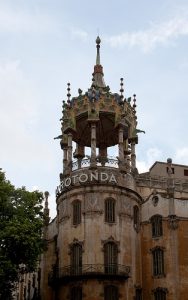


Photo by ahisgett via Visualhunt
La Ronda del Tibidabo, also called Torre Andreu, is a neoclassical modernist hotel that was built in 1918 in the Sant Gervasi neighborhood. With its distinctive oriental pagoda mosaic, the building was expanded to show off elegance in the form of the Grand Hotel Metropolitan and to bring in a wealthy clientele with a restaurant and ballrooms that hosted a few hundred people at a time for weddings and dances. The glamour went on hiatus with the Civil War and throughout the 1940s, but it reopened in the same luxurious style and attracted famous actors, singers, and artists (notably Rock Hudson and Tita Cervera) in the 1950s and 60s.
It shut down in 1975 and was converted into a home for the terminally ill, and the building’s exterior started to deteriorate over the next 30 years. Listed in the Architectural Catalog of Barcelona as a structure of historical significance, there is hope for the once-famous hotel as it is currently undergoing a major restoration project to save the building.
Address: Avinguda del Tibidabo, 1 08022
Casino de la Arrabassada
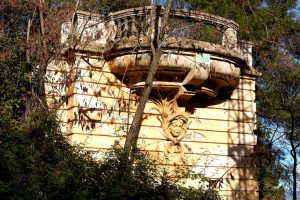


Photo by trilanes via Visualhunt
The Casino de la Arrabassada and its hotel began construction in 1899 and was not fully completed until 1911. With a massive price tag of 2.5 million pesetas, it was opened with great fanfare for its massive luxury. Tucked away in San Cugat del Vallés, standing high on a hill giving visitors a stunning view of the Catalan region, the casino matched Monte Carlo, and their food was among the best in Europe. It even included a small amusement park. However, as quick as it boomed, it began to bust when gambling was outlawed in 1912, completely depleting the estate’s main cash flow. Even as a top hotel and amusement park, the visitors declined until its doors finally shut for good in 1930.
After its use as military barracks during the Civil War, most of the building was demolished. But it did not completely die out in the ash heap of Barcelona history. The remains of the building that still stand are listed as part of a Catalan historical preservation plan and can be seen from the road nearby.
Address: Ctra. de l’Església, 92, 08017 Sant Cugat del Vallès
Balneario de La Puda de Montserrat
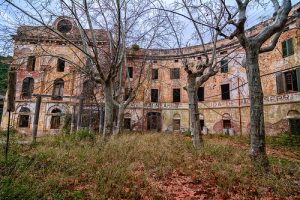


Photo by david palleja via Visualhunt
This neo-classical structure was once a luxurious spa built in the 19th-century along the Llobregat where the waters had “healing” powers utilized by doctors. After setbacks regarding flooding and access to the spa, the building began to flourish with the wealthy elite who came to cure their illnesses and the spa expanded to its peak in the late 19th and early 20th-century. The waters were so well loved that even Queen Isabella II of Spain visited the spa.
Eventually, the incoming waters decreased, its popularity declined, and La Puda closed in 1958 after a flood made the building uninhabitable. Most recently, it served as a backdrop for a music video by the British band The Cure. It can be seen driving on the C-55 with the Llobregat in between, or for the adventurous, on a hiking trail leading up to the ancient building that remains standing as a whole.
Location: Camí de la Puda (off the C-55), Olesa de Montserrat, Esparreguera
Related article: Explore the less touristic spots in Barcelona









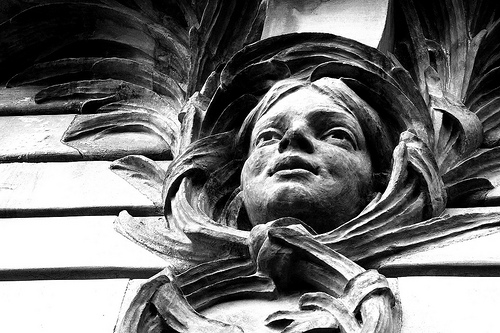
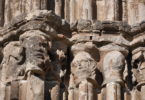
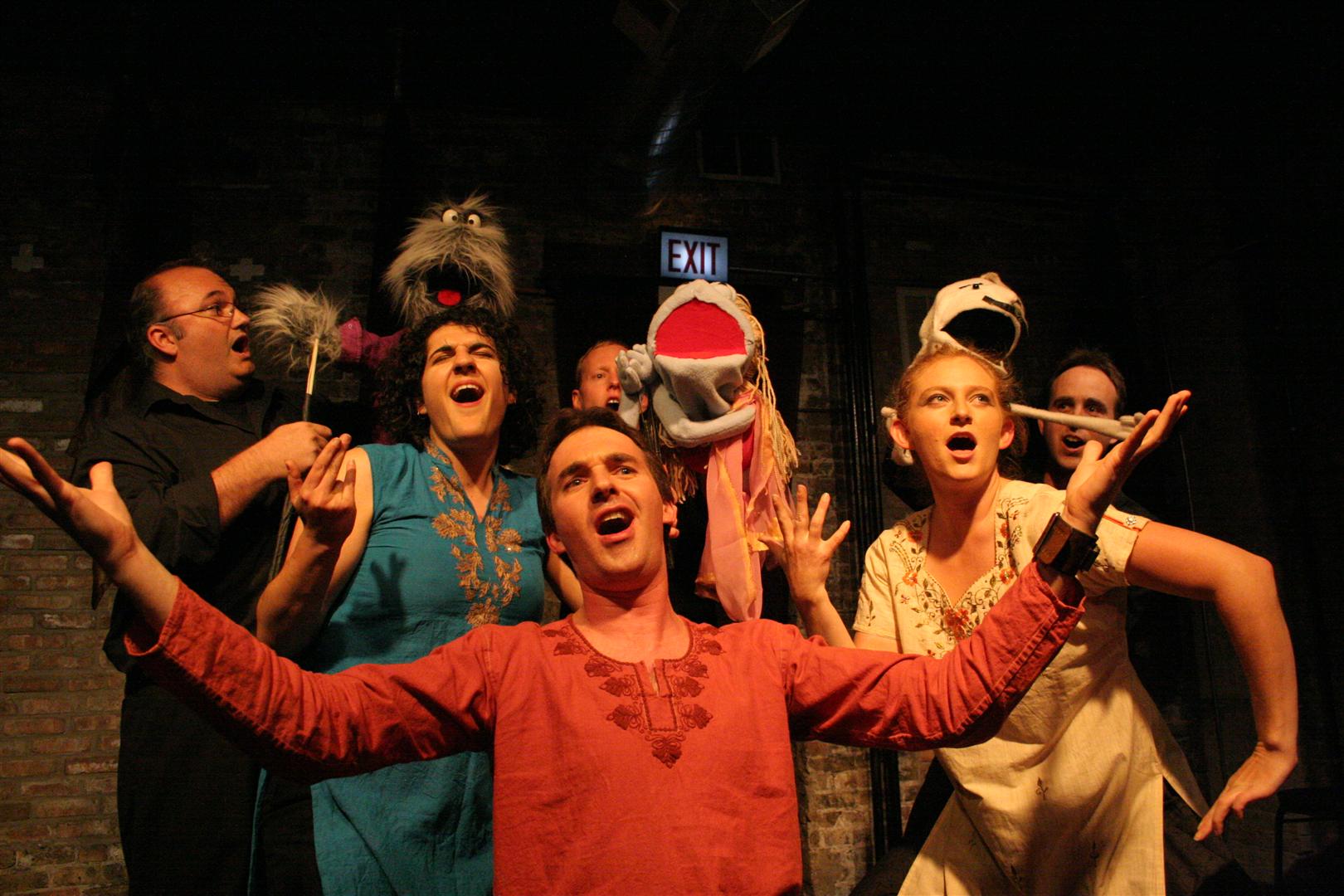


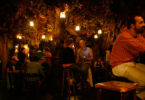


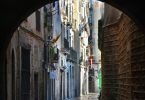



Leave a Comment